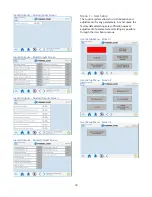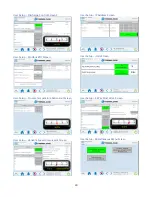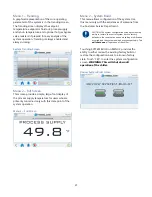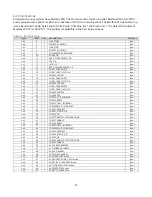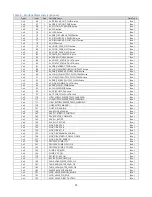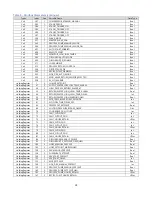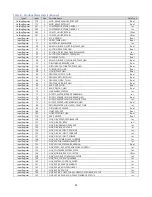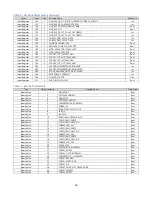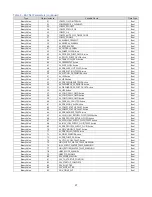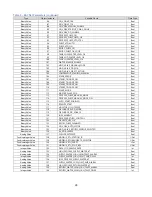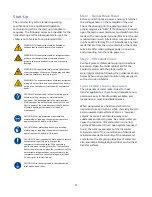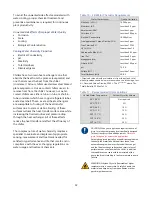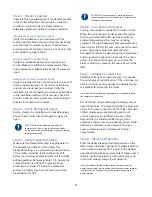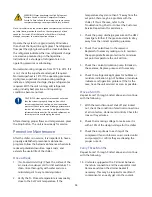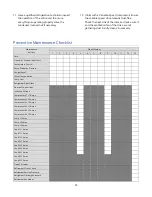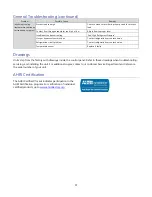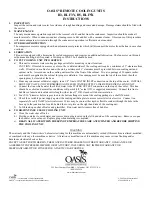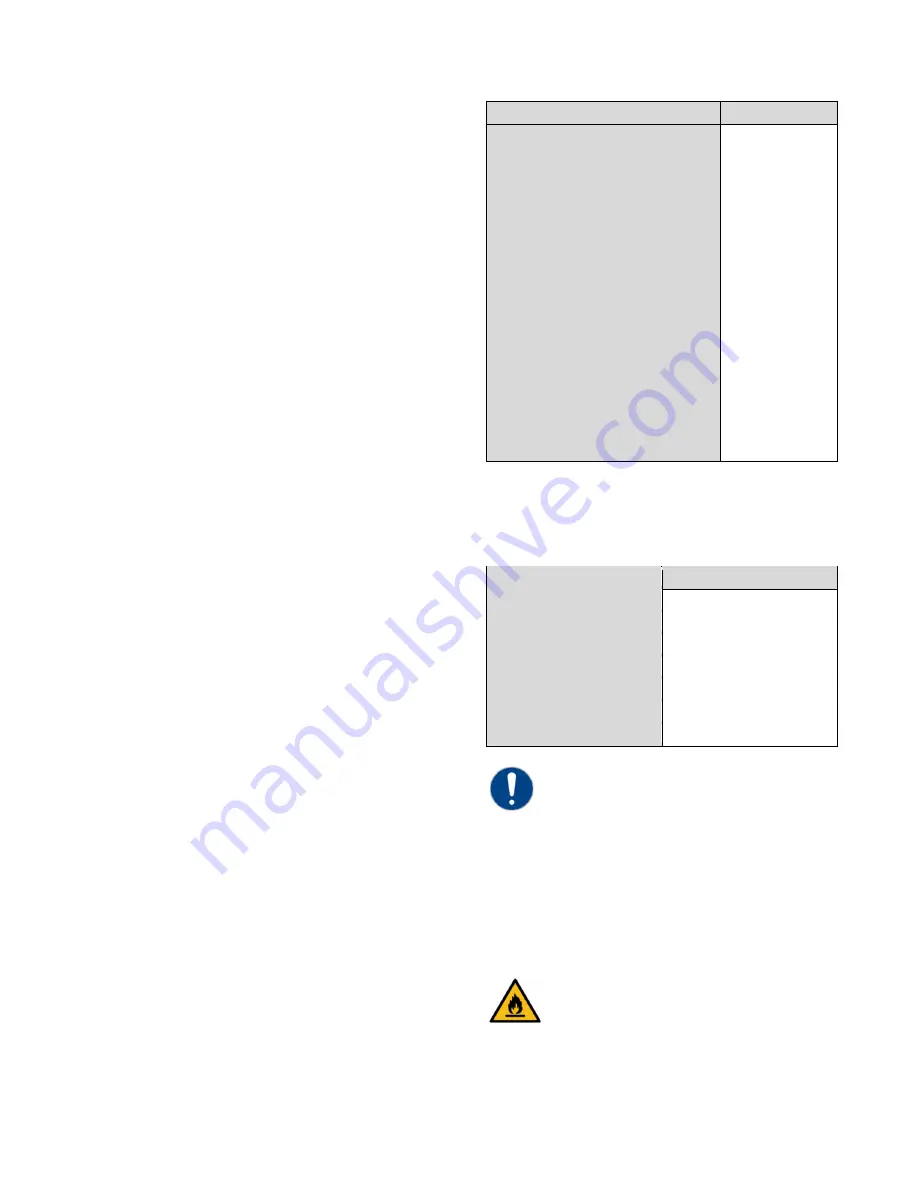
32
To avoid the unwanted side effects associated with
water cooling, proper chemical treatment and
preventive maintenance is required for continuous
plant productivity.
Unwanted Side Effects of Improper Water Quality
•
Corrosion
•
Scale
•
Fouling
•
Biological Contamination
Cooling Water Chemistry Properties
•
Electrical Conductivity
•
pH
•
Alkalinity
•
Total Hardness
•
Dissolved gases
Chillers have two main heat exchangers: one that
absorbs the heat from the process (evaporator) and
one that removes the heat from the chiller
(condenser). All our chillers use stainless steel brazed
plate evaporators. Our air-cooled chillers use air to
remove heat from the chiller; however, our water-
cooled chillers use either a tube-in-tube or shell-in-
tube condenser which have copper refrigerant tubes
and a steel shell. These, as are all heat exchangers,
are susceptible to fouling of the heat transfer
surfaces due to scale or debris. Fouling of these
surfaces reduces the heat-transfer surface area while
increasing the fluid velocities and pressure drop
through the heat exchanger. All of these effects
reduce the heat transfer and affect the efficiency of
the chiller.
The complex nature of water chemistry requires a
specialist to evaluate and implement appropriate
sensing, measurement and treatment needed for
satisfactory performance and life that is safe and in
compliance with the ever-changing regulations on
water usage and treatment chemicals.
Table 10 – Fill Water Chemistry Requirements
Water Characteristic
Quality Limitation
Alkalinity (HCO
3
-
) 70-300
ppm
Aluminum (Al)
Less than 0.2 ppm
Ammonium (NH
3
)
Less than 2 ppm
Chlorides (Cl
-
)
Less than 300 ppm
Electrical Conductivity
10-500µS/cm
Free (aggressive) Carbon Dioxide (CO
2
)†
Less than 5 ppm
Free Chlorine(Cl
2
)
Less than 1 PPM
HCO
3
-
/SO
4
2-
Greater than 1.0
Hydrogen Sulfide (H
2
S)
Less than 0.05 ppm
Iron (Fe)
Less than 0.2 ppm
Manganese (Mn)
Less than 0.1 ppm
Nitrate (NO
3
)
Less than 100 ppm
pH 7.5-9.0
Sulfate (SO
4
2-
)
Less than 70 ppm
Total Hardness (dH)k
4.0-8.5
† Dissolved carbon dioxide calculation is from the pH and total
alkalinity values shown below or measured on the site using a test
kit. Dissolved Carbon Dioxide, PPM = TA x 2
[(6.3-pH)/0.3]
where TA =
Total Alkalinity, PPM as CaCO
3
Table 11 - Recommended Glycol Solutions
Chilled Water Temperature
Percent Glycol By Volume
50°F (10°C)
Not required
45°F (7.2°C)
5 %
40°F (4.4°C)
10 %
35°F (1.7°C)
15 %
30°F (-1.1°C)
20 %
25°F (-3.9°C)
25 %
20°F (-6.7°C)
30 %
CAUTION: When your application requires the use of
glycol, use industrial grade glycol specifically designed
for heat transfer systems and equipment.
Never use
glycol designed for automotive applications.
Automotive glycols typically have additives engineered
to benefit the materials and conditions found in an
automotive engine; however, these additives can gel
and foul heat exchange surfaces and result in loss of
performance or even failure of the chiller. In addition,
these additives can react with the materials of the
pump shaft seals resulting in leaks or premature pump
failures.
WARNING: Ethylene Glycol is flammable at higher
temperatures in a vapor state. Carefully handle this
material and keep away from open flames or other
possible ignition sources.

